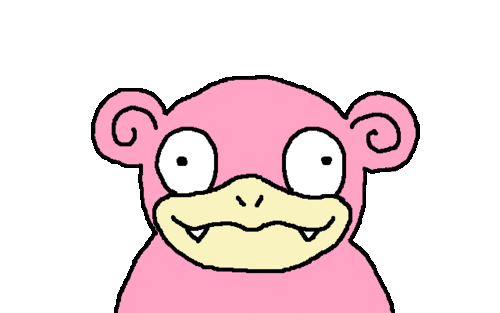Kintsugi or Kintsukuro is an art and philosophy technique, which means “gold repair” in Japanese. The philosophy of Kintsug is based on the idea of accepting, renewing and repairing the damage in its past by making the repair, cracks and fractures of a broken object visible. How to make kintsukuroi art? KinSugi technique is traditionally used in the repair of ceramic objects with cracks, fractures or damages. The repair process is performed by using gold or another precious mine as adhesive. Thus, while the repair of the object is completed, the damaged areas are emphasized by the glow of gold or other precious metals. The philosophy of Kintsug helps to protect the originality of the object of gold or other precious metals used during the repair of a broken object, to accept the damage in the past and to extend the life of the object. This philosophy can also be used as a metaphor for dealing with difficulties and obstacles in life. Kintsug can be seen as a way to cope with the difficulties of life and accept weaknesses. https://egepazarindan.com/ichigo-ichie-nedir-japons-mutlik-felfes/ kintsugi materials
These materials are specially manufactured for repair process:
URUSHİ: Urushi, the main material used in Kintsugi, is obtained from the Urushi tree, a special tree grown in Japan. Urushi is used as adhesive and used to combine parts of the broken object.
Kinpaku: Kinpaku means gold leaves and is a material used in repair. It can be gold, silver, copper or platinum leaves and is used to repair the cracks or fractures of the damaged object.
Neri: Neri is a type of sealing material used during the repair process. Urushi is obtained by mixing catalyst and dust and used for filling the cracks or repair of objects.
Chakin: Chakin is a special species of cotton cloth used during the KinTugi process. It is used for the application of materials such as cloth, urushi or kinpaku and can also be used to clean the surface of the object during the repair process.
Bouchi: Bouchi is a type of glue used during the processing process. Bouchi is obtained by mixing with the urushi adhesive, rice or calcium carbonate powder and used to combine parts of the damaged object.
These materials are used in traditional processes. However, in modern applications, different materials and techniques can also be used. https://egepazarindan.com/ikigai-Felfesi-nedir-nasil-uygulanir/ You can subscribe to our newsletter to be aware of our informative articles, current product and price lists, campaigns and follow our Instagram page.
Check out our other blog posts!
Wild thyme Inner picker walnut tahin Sesame Paste [/Button] [Button Link =” https://egepazarindan.com/buhur/ “Newwindow =” Yes “] Daily Depression [/Button] [Button Link =” https://egepazarindan.com/ Energy-Cleanism/”Newwindow =” Yes “] Energy Cleaning [/Button] [Button Link =” https://egepazarindan.com/cig-susam/ “Color =” Teal “Newwindow =” Yes “] button] Centaury Oil [/Button] [Button Link = “https://egepazarindan.com/adacayi-demet/” Newwindow = “Yes”] Sage





